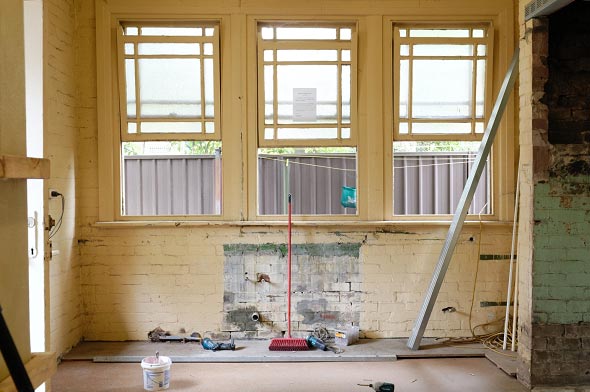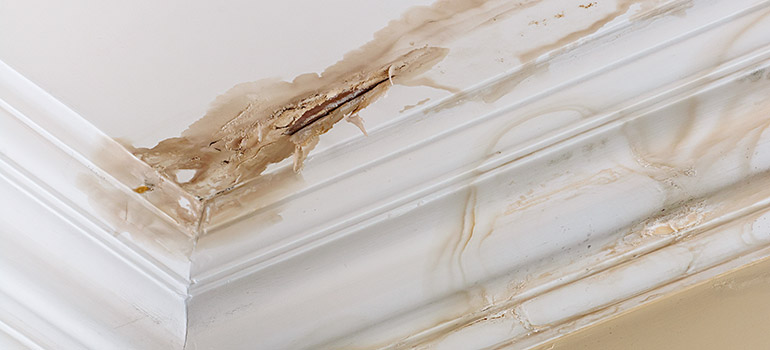Just about everyone seems to have their own individual theory on the subject of Safety Tips To Prevent Fire And Water Damage.

Water provides life, water breach on components where it's not supposed to be can result in damages. Homes with water damages smell moldy and also old.
Water can come from lots of sources such as tropical cyclones, floods, burst pipelines, leakages, and drain concerns. In case you experience water damage, it would be excellent to know some safety and security preventative measures. Right here are a few guidelines on exactly how to manage water damage.
Do Prioritize Residence Insurance Protection
Water damages from flooding as a result of hefty winds is seasonal. However, you can also experience a sudden flood when a faulty pipe suddenly bursts right into your residence. It would be best to have residence insurance policy that covers both acts of God such as natural tragedies, as well as emergencies like damaged plumbing.
Don't Neglect to Switch Off Utilities
In case of a catastrophe, specifically if you reside in a flood-prone location, it would be suggested to turn off the main electrical circuit. This removes power to your whole house, avoiding electrical shocks when water is available in as it is a conductor. In addition, do not fail to remember to turn off the primary water line shutoff. When floodwaters are high, furnishings will move and also create damages. Having the main valve shut off avoids further damage.
Do Stay Proactive and also Heed Weather Condition Notifies
Storm floodings can be extremely unpredictable. If there is a history of flooding in your area, stay aggressive as well as prepared. Listen to evacuation cautions if you live near a river, lake, or creek . Get prized possessions from the very beginning as well as cellar, after that put them on the highest feasible level. Doing so lowers possible building damage.
Do Not Neglect the Roofing System
You can avoid rain damage if there are no holes and leaks in your roofing system. This will prevent water from flowing down your wall surfaces and also saturating your ceiling.
Do Focus On Little Leaks
A burst pipeline does not occur overnight. Generally, there are red flags that show you have actually damaged pipelines in your house. You might observe bubbling paint, peeling off wallpaper, water streaks, water stains, or trickling sounds behind the wall surfaces. Ultimately, this pipeline will rupture. Preferably, you ought to not await points to rise. Have your plumbing repaired before it leads to huge damage.
Do Not Panic in Case of a Ruptured Pipeline
When it comes to water damage, timing is essential. Therefore, if a pipe bursts in your residence, immediately closed off your major water shutoff to cut off the source. Call a reliable water damage remediation specialist for aid.
Water offers life, water invasion on parts where it's not intended to be can result in damage. Homes with water damages odor mildewy as well as old.
Water damages from flood charges to heavy winds is seasonal. You might discover gurgling paint, peeling wallpaper, water touches, water stains, or leaking audios behind the walls. When it comes to water damages, timing is key.
Some Do's & Don't When Dealing with a Water Damage
DO:
- Make sure the water source has been eliminated. Contact a plumber if needed.
- Turn off circuit breakers supplying electricity to wet areas and unplug any electronics that are on wet carpet or surfaces
- Remove small furniture items
- Remove as much excess water as possible by mopping or blotting; Use WHITE towels to blot wet carpeting
- Wipe water from wooden furniture after removing anything on it
- Remove and prop up wet upholstery cushions for even drying (check for any bleeding)
- Pin up curtains or furniture skirts if needed
- Place aluminum foil, saucers or wood blocks between furniture legs and wet carpet
- Turn on air conditioning for maximum drying in winter and open windows in the summer
- Open any drawers and cabinets affected for complete drying but do not force them open
- Remove any valuable art objects or paintings to a safe, dry place
- Open any suitcases or luggage that may have been affected to dry, preferably in sunlight
- Hang any fur or leather goods to dry at room temperature
- Punch small holes in sagging ceilings to relieve trapped water (don't forget to place pans beneath!); however, if the ceiling is sagging extremely low, stay out of the room and we'll take care of it
DO NOT:
- Leave wet fabrics in place; dry them as soon as possible
- Leave books, magazines or any other colored items on wet carpets or floor
- Use your household vacuum to remove water
- Use TV's or other electronics/appliances while standing on wet carpets or floors; especially not on wet concrete floors
- Turn on ceiling fixtures if the ceiling is wet
- Turn your heat up, unless instructed otherwise

As a passionate person who reads on Reducing Your Risk Of Water And Fire Damage At Home, I imagined sharing that piece of content was sensible. Are you aware of another person who is intrigued by the topic? Be sure promote it. Many thanks for your time. Come back soon.
Comments on “Do's & Don'ts of Water Restoration.”